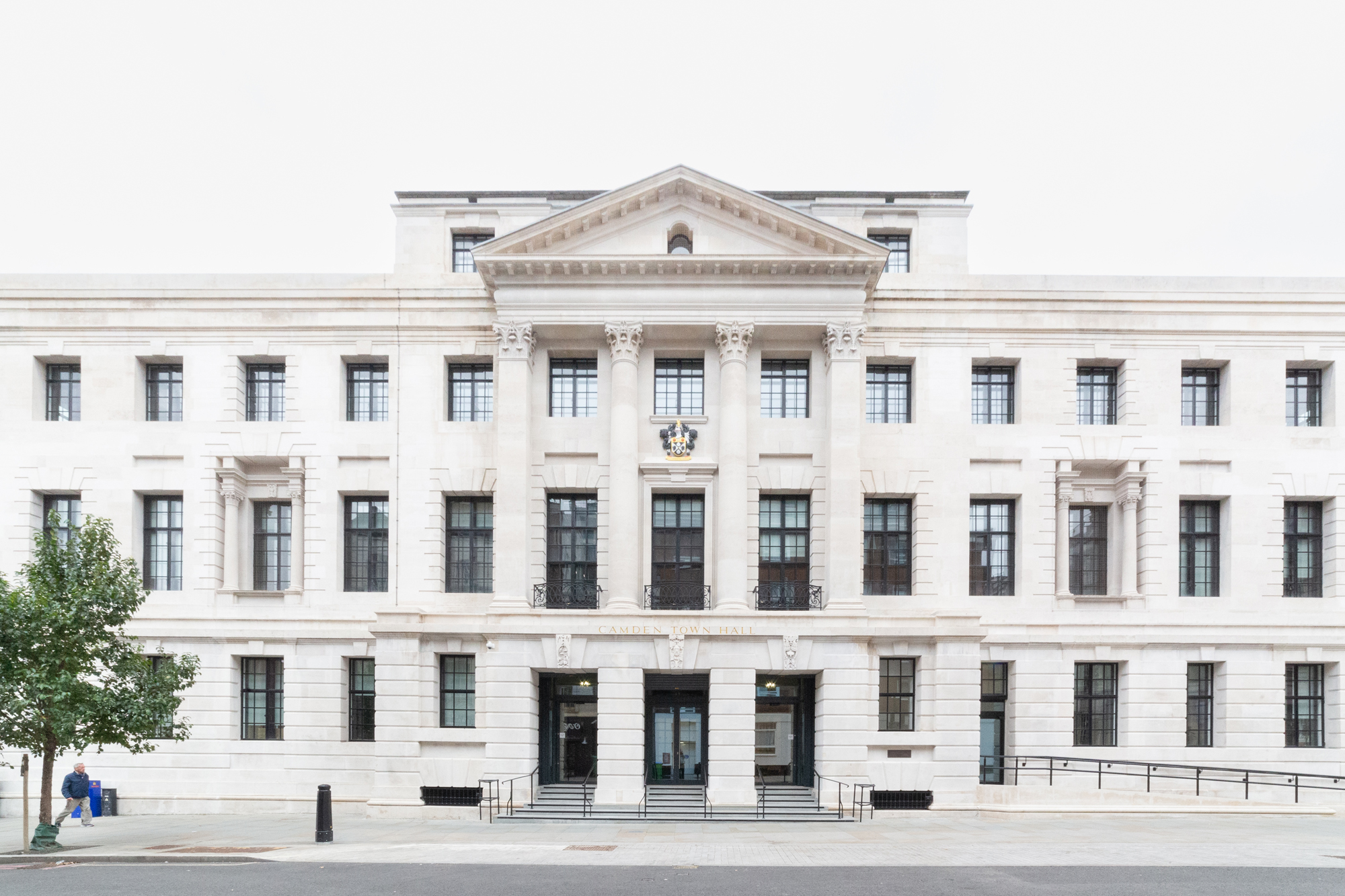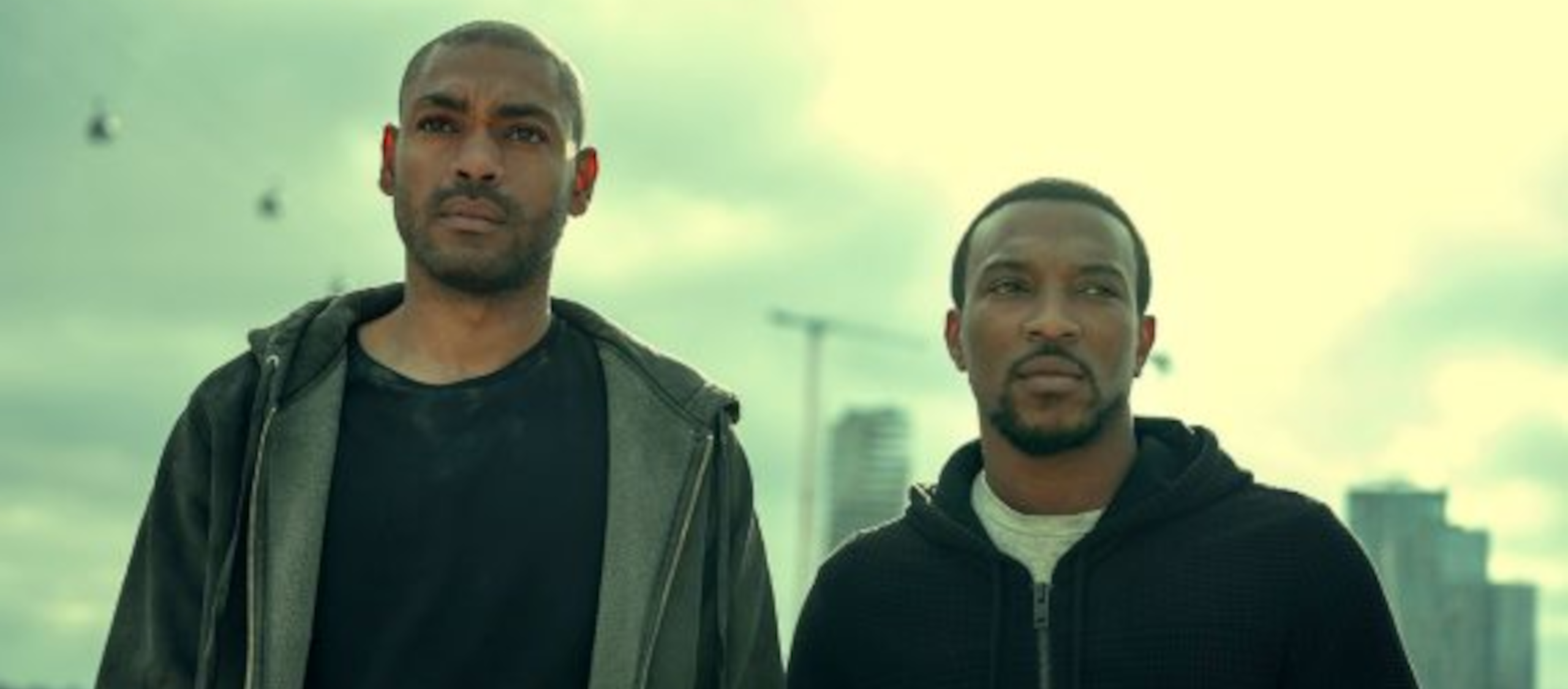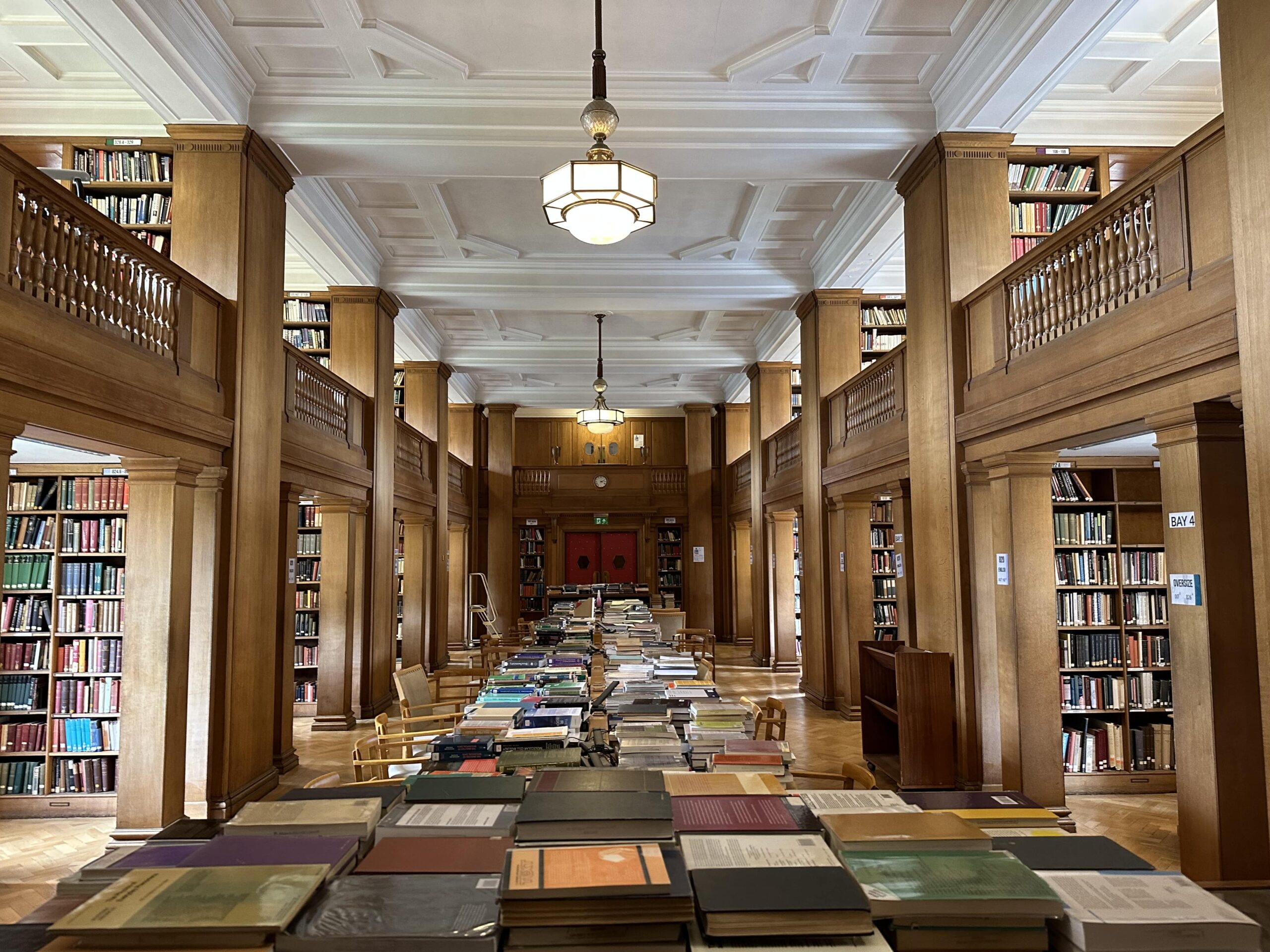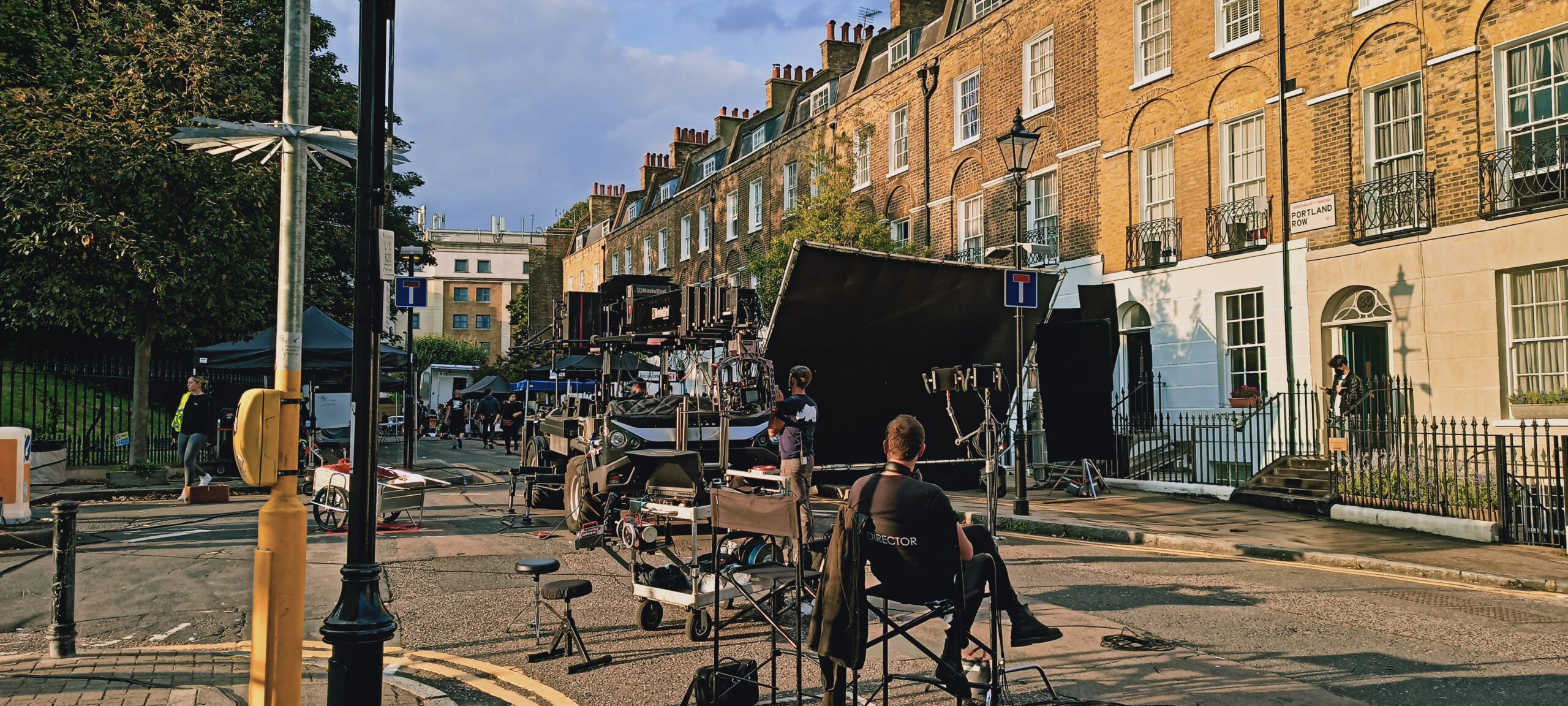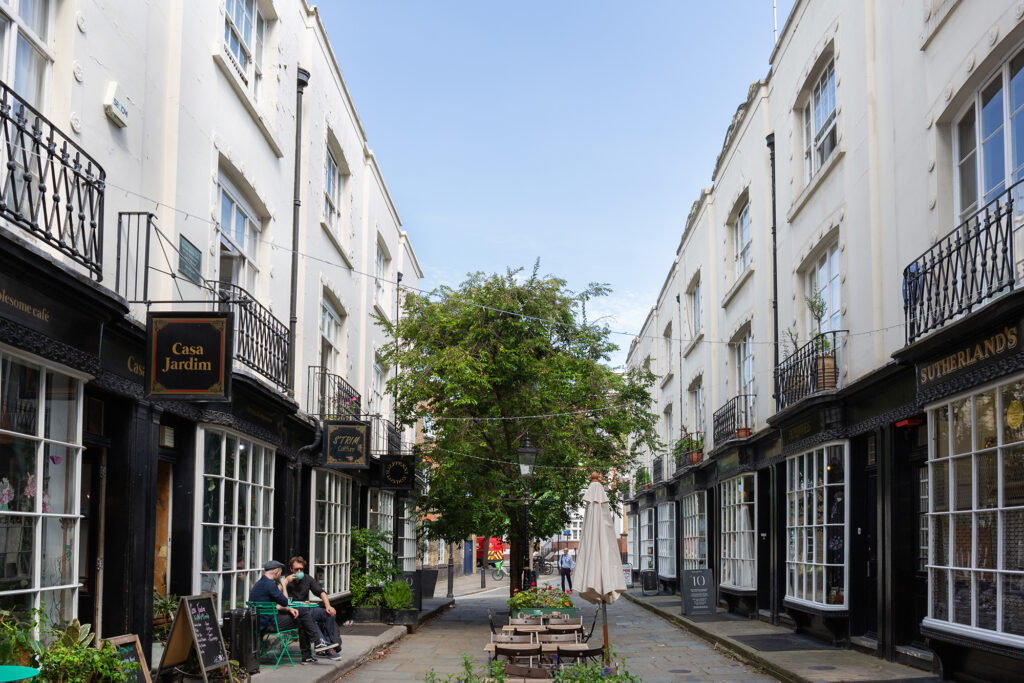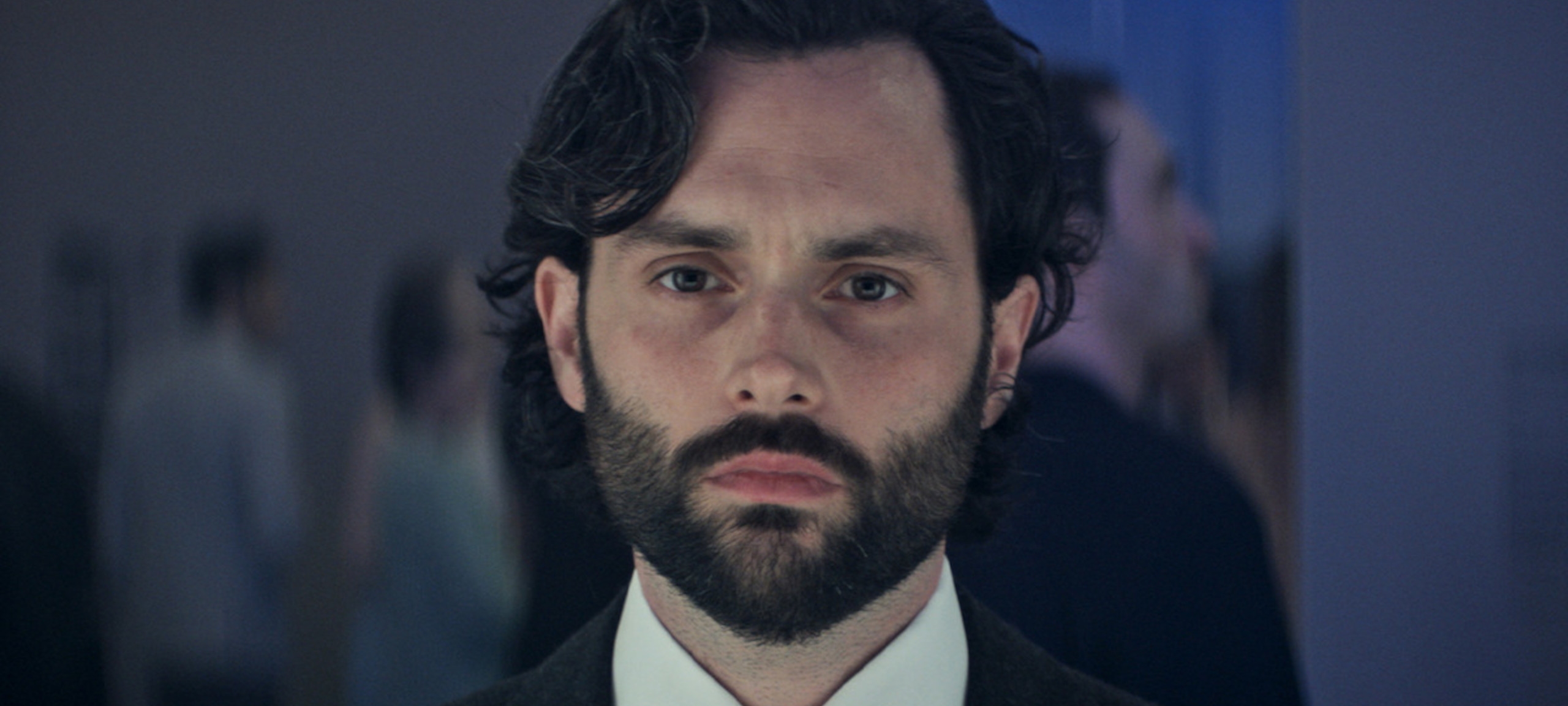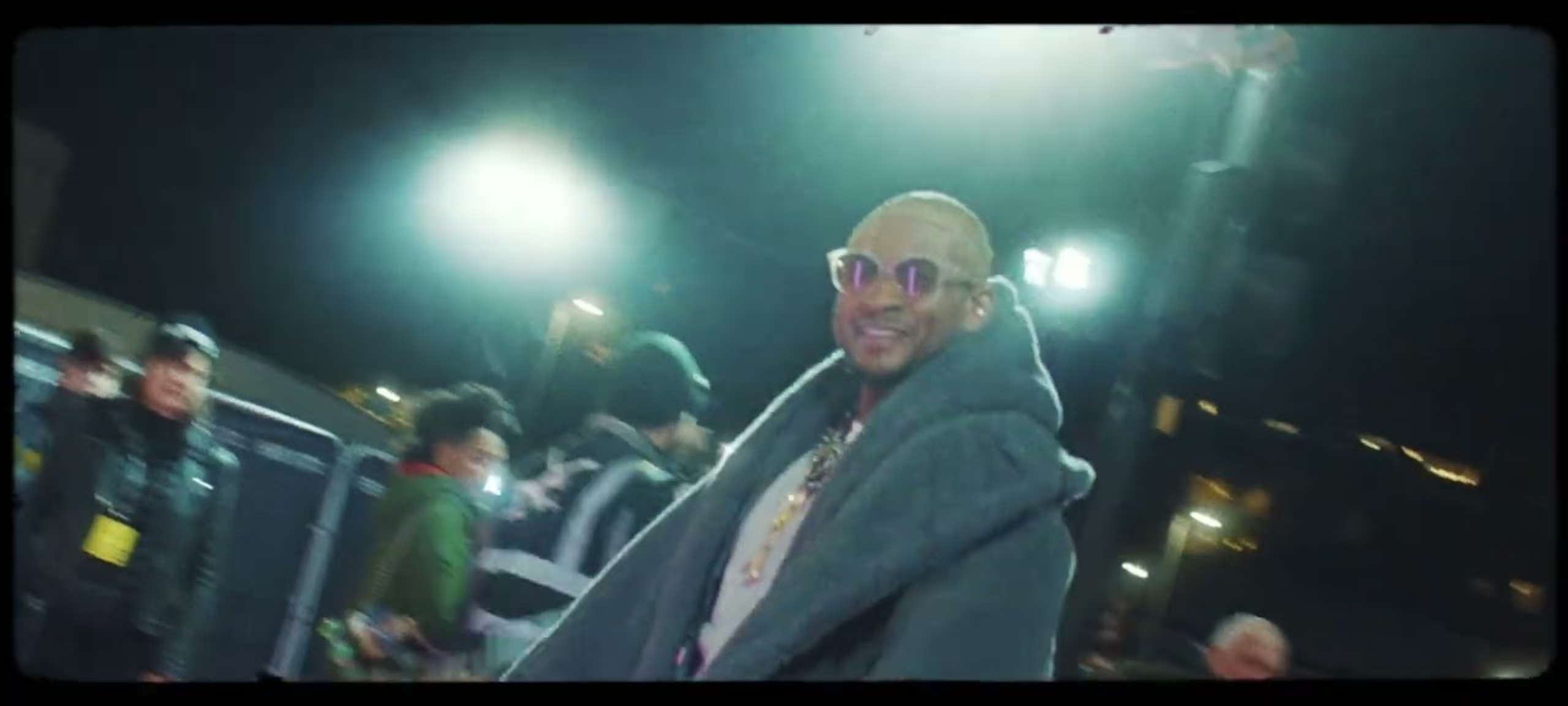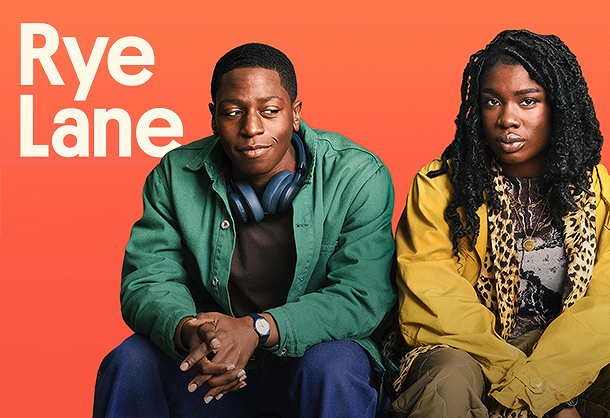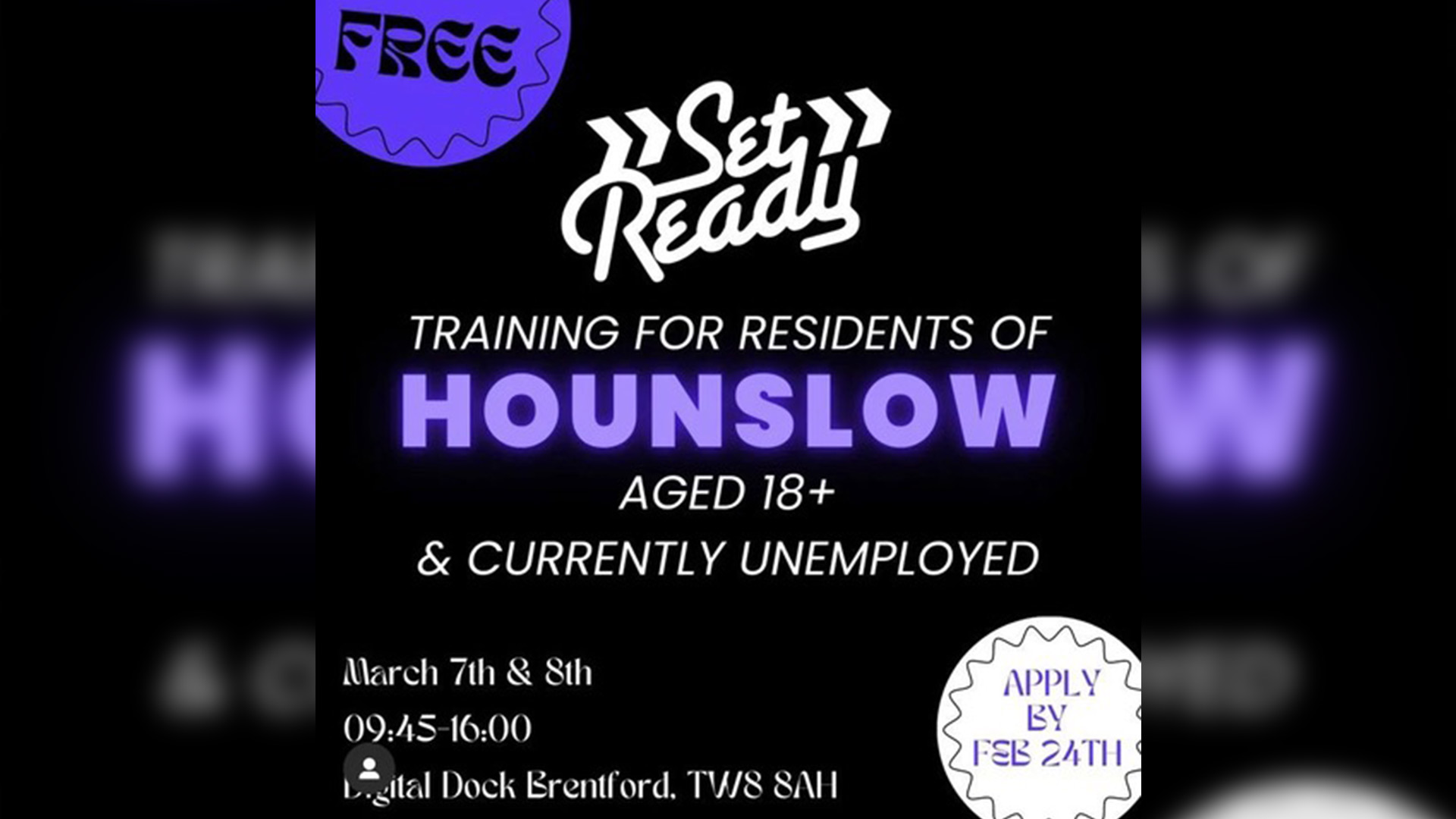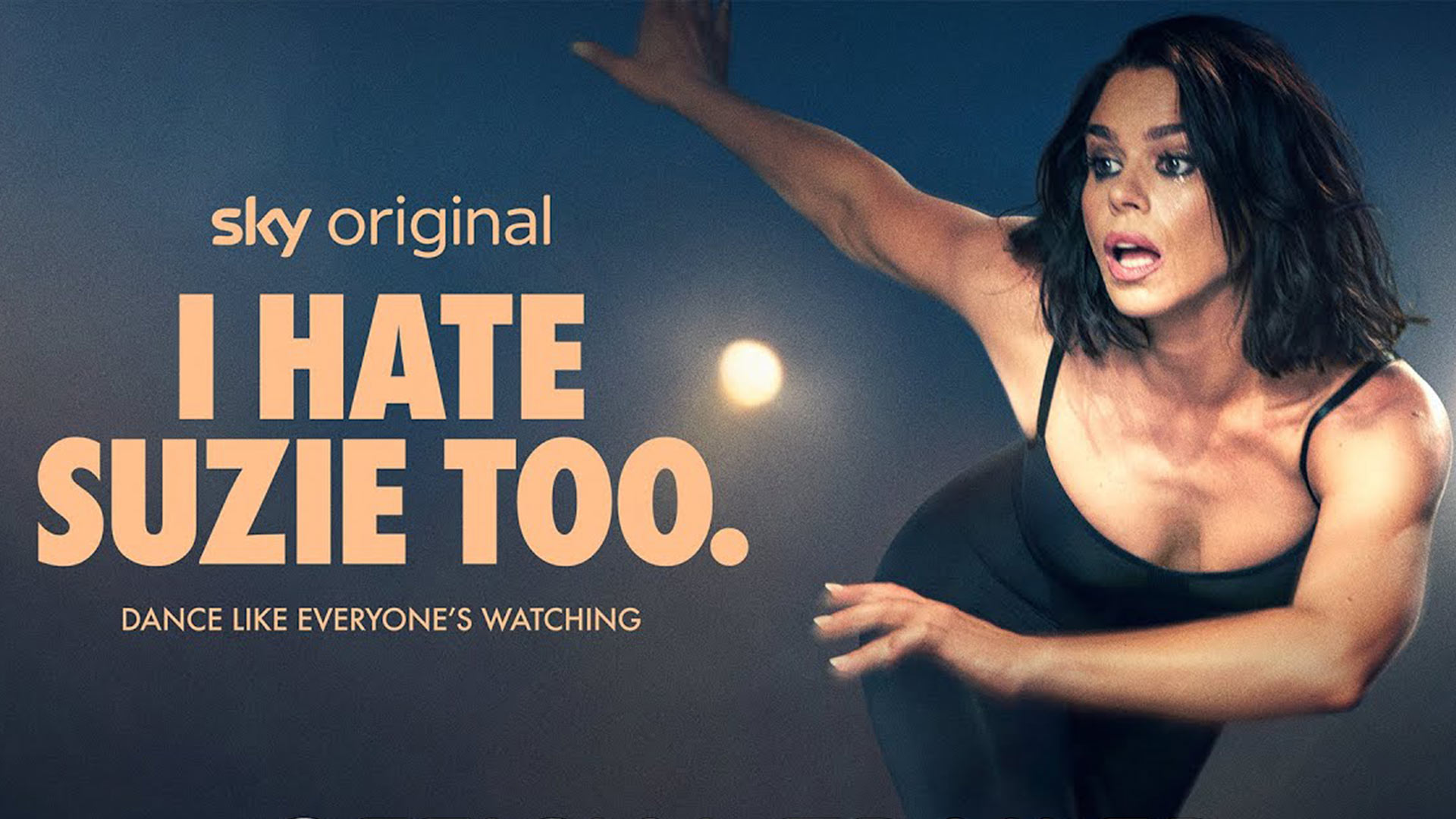London lends its authenticity to Guerrilla – the capital’s overlooked tale of the black panthers
London’s Black Panther movement has long been overlooked, left in the shadow of the American movement, but Idris Elba stars in a six-part series starting on Thursday basing the struggle firmly in our capital.
The Sky Atlantic show was written by John Ridley – also behind 12 Years a Slave – who brought casts of up to 450 into London’s streets in huge protest scenes. Take a look at the trailer here.
Frieda Pinto and Babou Ceesay also lead the cast as lovers who, in the early 70s, are swept up in activism against a racist police force. Elba plays a political prisoner, dedicated to a more pacifist approach.
Although Ridley’s original idea for the show was set in San Francisco, he soon found that in fact there was an untold London story to pursue.
Script editor Anna Ssemuyaba, with the Fifty Fathoms production, explains, “John Ridley’s research was meticulous. He spent months talking to London black panthers including Darcus Howe, Farrukh Dhondy, Neil Kenlock and Leila Howe, and brought them right in to the process as script advisors. They understood that whilst the characters in Guerrilla are fictional, the world John’s created is wholly real – and they were integral in bringing this story to life.
“The production designer Paul Cross referred to photographs Neil Kenlock took at the time to recreate the look with painstaking care – right down creating accurate labels for the beer bottles. The art department completely took over the streets ahead of filming.
“Around Mountgrove Street in Islington we were filming dramatic riots set in early 1970s west London. In fact that neighbourhood was also important to the black panthers in real life. They bought a house in Tollington Park with a donation from the art critic John Berger. When John Berger won the Booker prize in 1972, he gave half the winnings to London’s black panthers.”
Idris Elba has said, “I was born in 1972 and [the 70s were] the best time of my life, but my dad would tell a different story… this is what it’s like to face racism, what it’s like to fight racism and to take a stand.”
The shoot across Islington’s Mountgrove, Herrick, Wyatt and Canning Roads from August 14 to 17 was the production’s largest – with cast and crew of 450. When the production began consulting with residents, local youth Harri Iolo Jones saw his opportunity. He’d been hoping to get a break in the film business, and came right out asking for a job as a runner or marshall. The production said yes. You can see him talking about the experience here, here, and here.
Harri says, “Knowing this place it makes it even more interesting seeing it change… the street is completely transformed… they’ve spared no expense.
“I’m looking forward to the show… seeing my street in mainstream media will be quite interesting. It’s been a really good experience and might be a way to further go into the industry.”
The filmmakers also made a donation to the Highbury Roundhouse by way of thanks to local people.
At the Candid Arts Centre, on Torrens Street in Islington, a character leaving the club is attacked. Islington’s Sobell Leisure Centre plays a prison. And at the Mountgrove Garage at Finsbury Park police arrive, looking for a stolen car.
Lewisham also saw some of the most important scenes, with Goddard’s Pie Shop on Deptford High Street hosting a meeting of the underground cell. On Deptford High Street three policemen slap and beat the stars with truncheons. On Landmann Way a stolen car is dumped and a kidnapped character begs for his life. And scenes of a billiard hall were filmed in Brockley Road. The production made a donation a donation to the Lewisham and Greenwich NHS Trust to thank locals.
And the production asked Brockley Road residents association which charities it might make a donation to on their behalf. As one resident has cancer, Macmillan Cancer Care was nominated, along with a local church, Go Film It and WIL Uganda.
A peaceful protest is held outside Haringey’s Old Hornsey Town Hall.
In Camden’s Bedford Square, a woman approaches number 46 with a gun.
In Red Lion Square, a car drives wrong way down Old North Street and stops at the junction with Red Lion Square. Here, the filmmakers generously donated to Red Lion Square Tenants and Residents Association, and to Friends of Red Lion Square.
There’s a scene in Hatton Garden’s Ye Olde Mitre pub. On Warren Street we see a conversation in a bookshop. And on Camden’s Grafton Mews, two characters hotwire a car.
On Great Russell Street, the production used the Congress House as a 1970s airline office, where a character fires a semi automatic weapon into the ceiling before leaving and running down Dyott street where she is surrounded by armed police. After this shoot, the production made a donation to the South Bloomsbury Tenants and Residents Association.
Lambeth streets around Atlantic Road, Padfield Road and Coldharbour Lane also feature.
And in Southwark’s Ivy House Pub, a character arrives to find their son has passed out
FilmFixer director Karen Everett says, “It was extraordinary to see to our streets transformed in this way, and a real testament to Londoners who welcomed the shoot as part of their cultural history.”
Other blogs
Throughout my career I have worked with organisations such as the London Film Office, Regional Film Offices and organisations such as FilmFixer who provide essential services to Location Managers and TV Productions across the UK.
Throughout my career I have worked with organisations such as the London Film Office, Regional Film Offices and organisations such as FilmFixer who provide essential services to Location Managers and TV Productions across the UK.
This extraordinary story follows the struggles of innocent sub-postmasters and postmistresses that find themselves wrongly accused of theft, fraud, and false accounting by the Post Office, due to a flawed IT system.
I worked as a trainer in a different sector many years ago and with this previous experience I was keen to be involved as the Set Ready Course course grew and developed. I’ve seen first hand the need for people with different backgrounds to have their first opportunity to work in the film industry and see them flourish.
In the heart of Camden, lies the iconic Town Hall. Recently, this architectural gem has undergone a transformative refurbishment project
Looking back on 100 years of laughter, frights, inspiring sights and heart-pounding adventures, we are so proud to have played even a small part in it.
The successful filming of "Everything Now" in Islington is a testament to the borough's reputation as a film-friendly location. The borough has a rich cinematic history, and it's no wonder why it continues to be a magnet for filmmakers.
We need to remember to look after our own mental health. It’s been a hard few years with Covid and the ongoing strikes and we at FilmFixer take these challenges very seriously.
We will miss Top Boy, it was a wonderful series, which launched many fruitful careers, both in front and behind the camera.
Ensuring a suitable and efficient setup for parking technical vehicles is no small feat in a city as dynamic as London.
Amongst the wide range of squares, markets and housing estates that Islington offers, we also have numerous locations that work perfectly for ‘City’ briefs.
The Lionesses did England proud, and we saw them fight their way to the final of the Women’s World Cup and FilmFixer supported several shoots, cheering the team on from the moment they flew to Australia.
The Kingsway Tram Tunnel, with its intriguing history and captivating ambiance, has recently become the backdrop for some of the most notable film and television productions.
Take a punt with some of the new locations that we have recently added to our locations library.
London's iconic Sekforde Street recently played host to the thrilling TV spy series, 'A Spy Amongst Friends.' The location turned out to be a star in its own right, providing the ideal backdrop for a successful and visually captivating shoot.
Fully controllable multi-site hospitals are hard to find. However, look no further than Cambridgeshire Hospital - which features empty wards, corridors, exteriors and roads.
Camden is a borough known for its vibrant culture, music scene, and eclectic mix of architectural styles. Within this bustling neighbourhood stand two hidden gems of Brutalist architecture, the Whittington Estate and the Maiden Lane Estate.
In the heart of London's bustling Islington borough lies the iconic Bevin Court housing estate—a place steeped in history and timeless architectural beauty.
Camden, a vibrant central London borough, offers filmmakers a treasure trove of picturesque green spaces that make for ideal filming locations.
With a diverse range of architectural styles, Islington has an array of wonderful squares that continue to attract TV & Film productions.
FilmFixer is delighted to announce an exciting new partnership with Strawberry Hill House & Garden in south-west London. Ready to accept features and HETV immediately, Strawberry Hill is a perfect location to facilitate shoots of all sizes.
With all episodes now available to stream on ITVX, fans are treated to a unique perspective on the production process, showcasing the beauty of Penhill Park and the charm of Bromley.
Amidst the bustling markets and trendy boutiques, there exists a hidden gem that transports you back in time
The world-renowned Jonas Brothers recently visited the quaint St John Square in Islington to shoot their latest music video, 'Waffle House.'
Camden is home to an eclectic mix of markets scattered all across the borough. We are here to get you better acquainted with each of these brilliant locations. From striking urban locations to bustling trading areas, our markets offer a range of options to suit your creative vision.
Usher's "On My Way" music video, a stunning roller skating extravaganza, is a collaboration between the artist and New York’s iconic Flippers Roller Boogie Palace.
Mainly comprised of vibrant suburban neighbourhoods, the London Borough of Havering boasts large areas of green space.
Lovely pictures from Russell Square Gardens and The Friends of Russell Square.
Found your dream location and don't know who to speak to? Look no further, FilmFixer has the answer!
SetReady Training is offering the opportunity to learn crucial skills for working on film and TV sets – no experience necessary!
FilmFixer London boroughs feature in series 2 of Sky’s hit ‘I Hate Suzie’ with Billie Piper.
A real treat tonight – Miriam Margoyles discovers the true meaning of Christmas in a Channel4 production, #MiriamsDickensianChristmas.
Look out for Filmfixer London boroughs in Paramount+’s ‘Flatshare’. Filming in Camden featured the park at Lincoln’s Inn Fields, while in the borough of Southwark a bus stop scene was filmed in Bellenden Road, complete with fake bus stop.
Lee Park Way is a London location gem. You get a 1.2 km private, rural road that is fully-controllable.
Islington, Camden and Haringey feature in A Spy Among Friends, ITV’s new British espionage thriller series, starring Guy Pearce and Damian Lewis.
Christmas is coming! This year’s McDonald’s Christmas advert, directed by Oscar-winner Tom Hooper, was filmed at the Peabody Cumberland Market Estate.
This Audible trailer with Jack Whitehall was filmed in St Lukes Mews in the FilmFixer Royal Borough of Kensington and Chelsea.
`Everything I Know About Love’ is currently streaming on iPlayer, and is based on Dolly Alderton’s best-selling memoir of the same name.
Martins Hill Open Space, in the FilmFixer borough of Bromley, features in the latest Tesco Mobile ad for 'The Supermarket Mobile', which features a runaway shopping trolley.
Lee Valley’s Myddelton House and Gardens stars alongside Tilda Swinton for a cover photo shoot for Harper’s Bazaar Australia and New Zealand.
The power of transformation is alive and well in Great James Street, in the FilmFixer London Borough of Camden as it was transformed into a busy 19th century street for Enola Holmes 2.
SetReady, the film training and work placement project supported by FilmFixer, will host a special reception at this year’s FOCUS show, giving an opportunity for location managers to meet trainees that have taken part in the programme.
FilmFixer locations across London feature in series five of The Crown.
Foots Cray Meadows, in the FilmFixer London borough of Bexley, features throughout the video for the re-release of Christina Aguilera’s Beautiful.
‘The Bastard Son & The Devil Himself’ is a fantasy epic based on a young adult series of novels from Sally Green.
Harry Enfield and Paul Whitehouse’s contribution to the BBC’s centenary is a spoof documentary about the corporation’s history.
Andor, is an American science-fiction action television series currently streaming on Disney+ and is part of the Star Wars franchise.
If you didn’t happen to know, Call Of Duty: Modern Warfare might be the biggest incoming entertainment launch of 2022.
Set against the backdrop of South London and humming with the energy of music from The Chiffons, Tina Turner, The Shangri-Las and more.
Sign up to a two-day course with ‘SetReady’ that will help you take your first steps into television production and onto set!
SetReady, the film training project supported by FilmFixer, is delighted to announce that we will be at the Focus Production Show, hosting a special Reception event on Tuesday 6th December from 5.30pm – 6.30pm at the Gallery Bay upstairs.
Stranger Things star Millie Bobbie Brown is back to reprise her role as Sherlock’s feisty kid sister in Enola Homes 2.
See How They Run is Searchlight Pictures’ new comedy mystery written by Mark Chapell and directed by Tom George.
ITV drama The Suspect follows the story of renowned clinical psychologist, Joe O’Loughlin, played by Poldark’s brooding heartthrob Aidan Turner.
I Used To Be Famous, currently streaming on Netflix, follows the story of Vince, a former boy band member who has now fallen on hard times, and Stevie, an autistic young man who is a talented drummer.
It’s been called Marvel’s answer to James Bond and Secret Invasion will see Samuel L Jackson reprise his role as Nick Fury when Disney Plus’s new series premieres on our screens in Spring 2023.
Set Ready attempts to help trainees, develop key soft skills around language, hierarchy, planning, confidence, etiquette and communication.
The video for British indie crooners Alt-J’s track Hard Drive Gold was shot in the FilmFixer London borough of Bromley.
Mainly comprised of vibrant suburban neighbourhoods, the London Borough of Havering boasts large areas of green space.
Don’t miss the return of the tech conspiracy thriller, ‘The Capture’ on BBC One and BBC iPlayer. Holliday Grainger will reprise her role as DCI Rachel Carey.
Welcome to the third report from The Generator Project. This year has seen a steady increase in the number of people using the app since the time of our launch.
Currently airing on Channel 4 ‘Worst House on The Street’ helps families transform run-down houses into dream homes, without breaking the bank and with the help from brother and sister property developers Scarlette and Stuart Douglas.
Another shout out to Camden Film Office with these behind-the-scenes images of the new ‘Two Door Cinema Club’ music video. ‘Lucky’.
Camden is at the heart of this recent spot for Runners Need, a running specialist retailer.
FilmFixer played its part in facilitating the London leg of filming for the fourth and final season of the US hit comedy-drama, ‘Atlanta.
Have you seen this humorous new spot for the National lottery?
Last week we had the honour of hosting another Set Ready training course.
Welcome to the second report from The Generator Project. This quarter has also seen a steady increase in the number of people using the app since the time of our launch.
The Essex Serpent premiered on Apple TV this weekend. Based on the award-winning novel by Essex author, Sarah Perry, Tom Hiddleston and Claire Danes star in this long-awaited mini-series.
#MentalHealthAwarenessWeek is now in its 22nd year and runs from 9-15 May. This year the theme is ‘loneliness’, which affects millions of people across the UK.
All the Old Knives is Amazon studios’ new John Le Carre-style spy thriller film, and features several FilmFixer London locations.
Set Ready’s production skills training program took us to the London borough of Waltham Forest where we were training young people as part of the Project Zero and Formed for Life initiatives.
FilmFixer is delighted to announce that we are now exclusively managing all filming and photography at Kingston University in London!
Slow Horses is a new spy thriller television series based on the novel of the same name by Mick Herron.
Operation Mincemeat, released in cinemas today, is based on the best-selling book by Ben MacIntyre and brought to the big screen by the Oscar-winning director John Madden (‘Shakespeare in Love’), and the producers behind ‘The Kings Speech.
If you haven’t heard Night Sweats, the new song from Findlay which has been getting airtime on Radio 6 amongst others, make sure you check it.
We were delighted to welcome a full house for the first-ever delivery of our Set Ready programme for Northern Ireland Screen.
We are tremendously proud to report that FilmFixer staffer Erin Stevenson’s short film, ‘The Last Union’, will be screened during the Cannes Film Festival Short Film Corner.
Have you spotted the new BBC idents yet? FilmFixer’s London borough of Southwark features in a number of the set-ups.
Hugely popular comedy series Not Going Out is currently airing with Season 12 on BBC1, and features scenes filmed in the FilmFixer borough of Kingston.
The borough of Kingston in south-west London is one of the capital’s most picturesque settings, thanks to its rich history and riverside situation.
The second season of Bridgerton airs this week.
Director and co-writer Matt Reeves’ new Batman movie starring Robert Pattinson reinvents billionaire Bruce Wayne as a dark, rock star recluse, driven by revenge in the brutal and murky world of Gotham City.
The brand new Lloyds Bank advert is out, with Burgess Park in the FilmFixer borough of Southwark featuring, alongside a spectacular troupe of the bank’s trademark black horses, as shown in this great behind the scenes footage.




